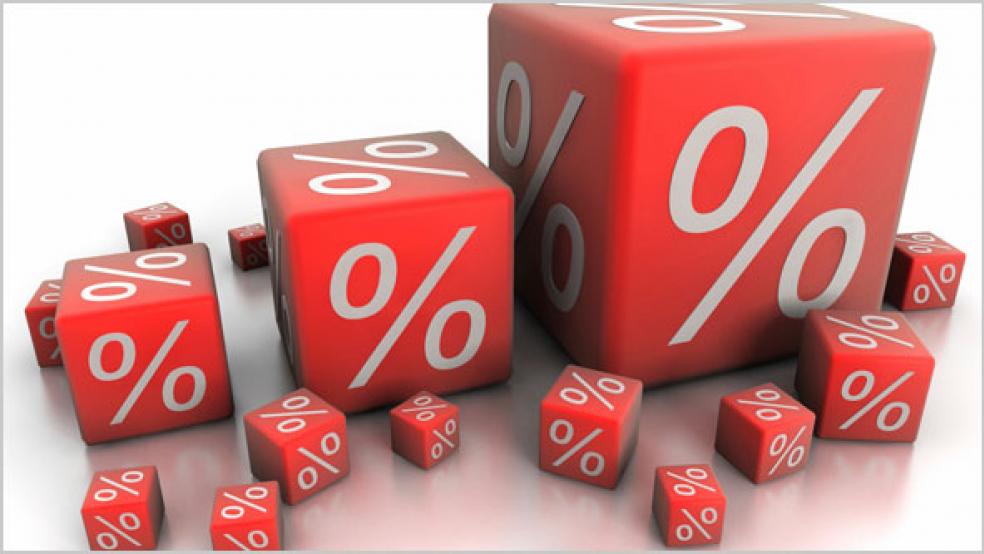Paying off the national debt just got a bit more dangerous, and potentially a lot more expensive.
The interest rates on federal debt began climbing last month, jumping from 1.66 percent on a 10-year U.S. Treasury note at the start of May to a stunning 2.2 percent on Tuesday.
That 54-basis point increase looks small to the casual eye. But if it continues, the higher yield could increase by billions of dollars how much money the federal government spends to service the $16.7 trillion national debt.
RELATED: DEFICIT MAY BE SHRINKING, BUT HARD WORK REMAINS
The recent upward tick to 2.2 percent is important for a critical reason—it’s 10 basis points above what the Congressional Budget Office assumed interest rates would be this calendar year. It’s also 15 basis points higher than the consensus forecast made by economists for the American Bankers Association.
The CBO projected in February that the government would spend $223 billion on net interest payments this year. That figure may now have to be revised upward by a few billion dollars if the average yield turns out to be higher than the CBO estimated, something that is possible but not necessarily inevitable considering how low interest rates were at the start of the year.

10 Year Treasury Rate data by YCharts
Every additional dollar devoted to servicing the debt gets subtracted from another government program—or adds to the yearly budget deficit.
The steadily rising interest rates reflect the difficulty of fully escaping the affects of the 2008 financial crisis. As the economy recovers and the Federal Reserve plans to pull back from its bond purchasing programs designed to stimulate the economy, the interest rate on federal debt starts to rise steadily. This could put the Fed in a bind, since the value of its portfolio of Treasury notes and mortgage-backed securities would decline.
An administration official told The Fiscal Times last month that this would be something of a positive, since it would indicate a growing economy.
RELATED: DEBT LIMIT: A MERE WARM-UP TO A NEW SEQUESTER FIGHT
After all, some of the bond sell-off comes from a rising stock market and the addition of 175,000 jobs last month, a sign that the United States might finally be escaping from the downward pull of the most recent recession. The strengthening economy caused the CBO last month to forecast a deficit of $642 billion this year, an incredible $445 billion drop from 2012.
But navigating the recovery will require a high degree of balance with interest rates.
Over the next ten years, higher yields cause interest payments to swallow a greater share of the federal budget. Interest payments are expected to balloon from $223 billion this year to $823 billion in 2023, when the CBO estimates that 10-year notes will have a 5.2 percent interest rate.


